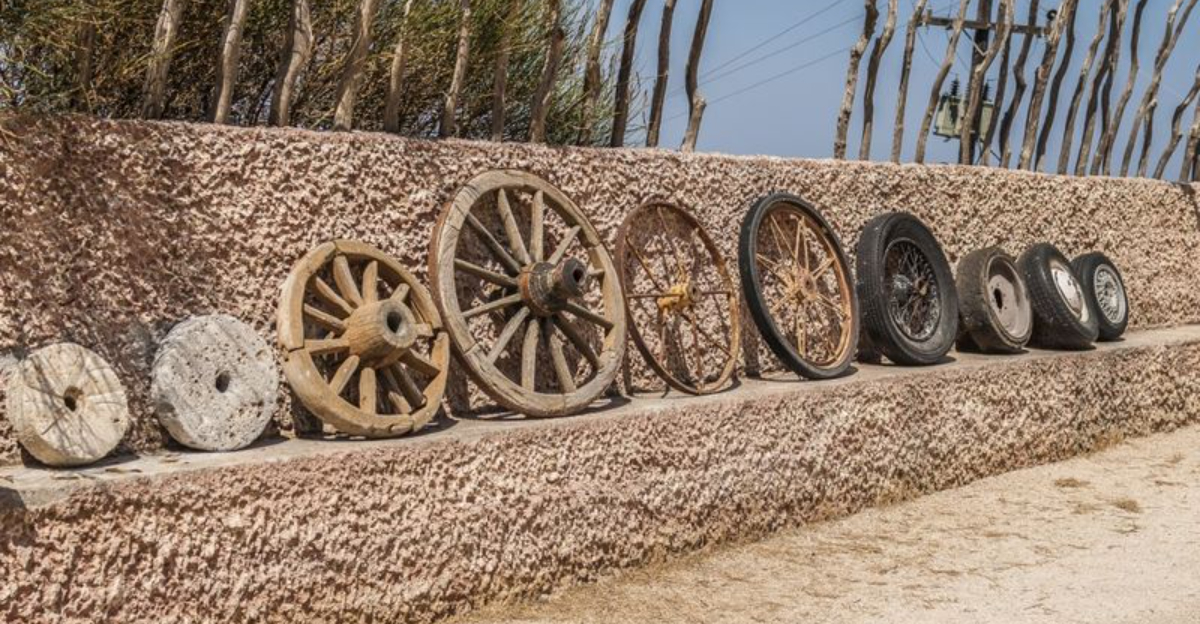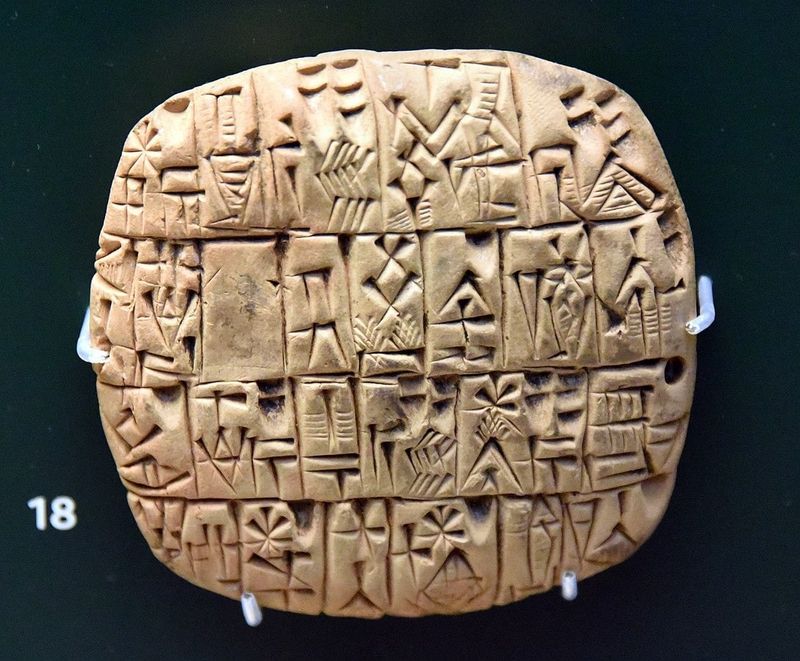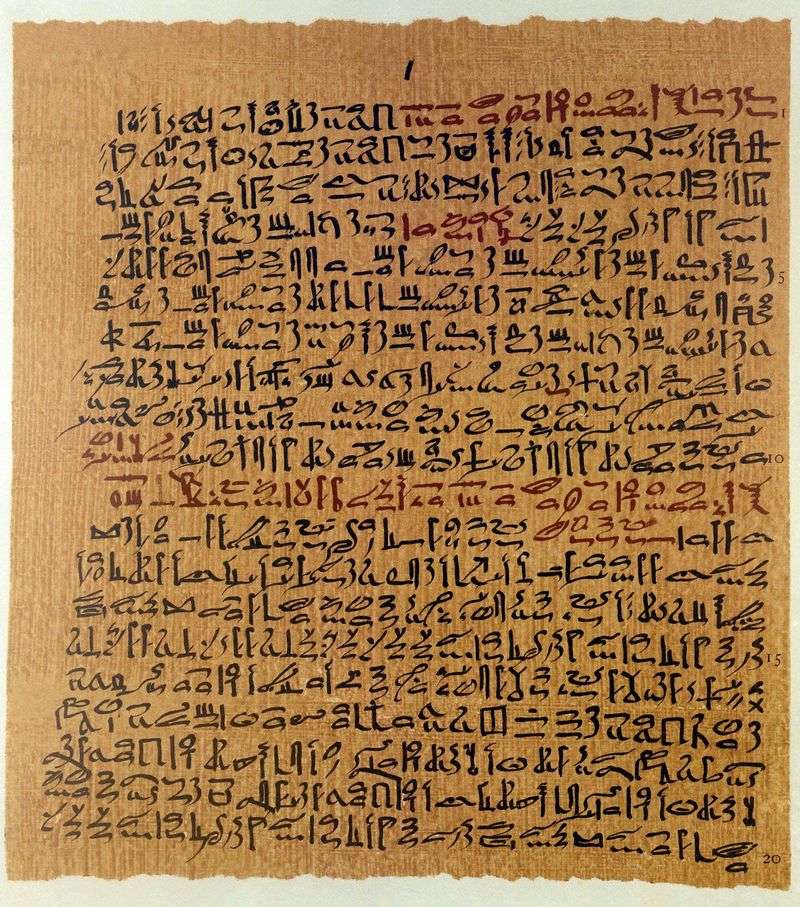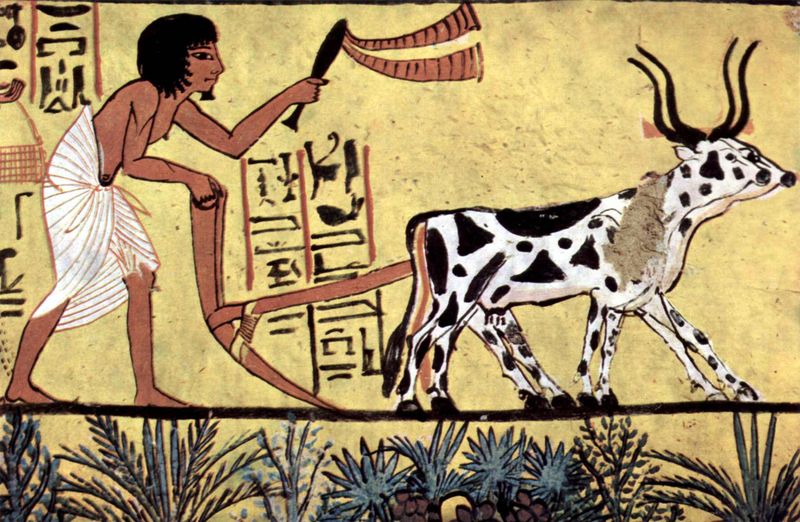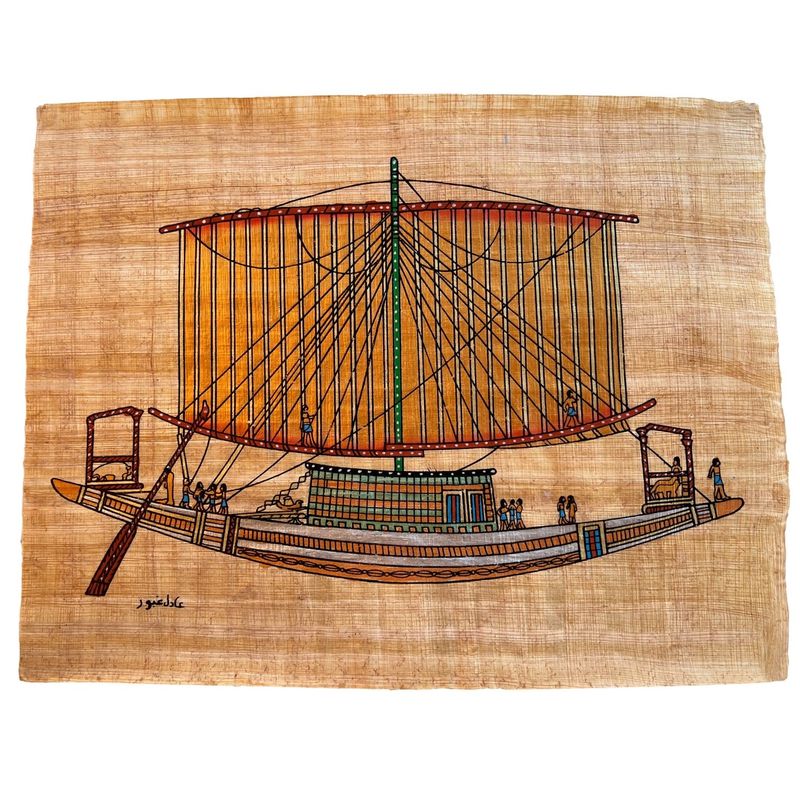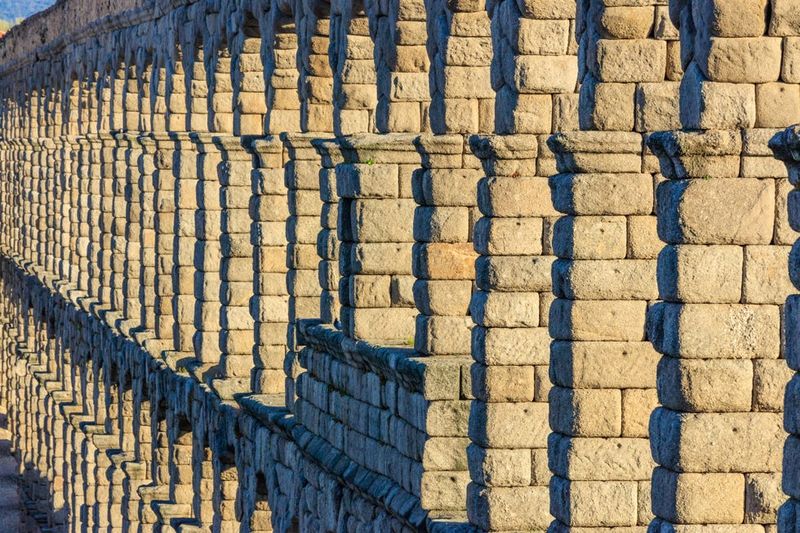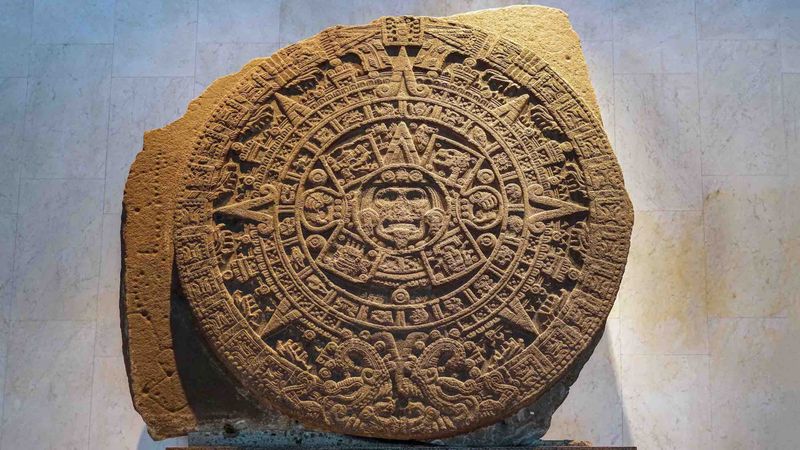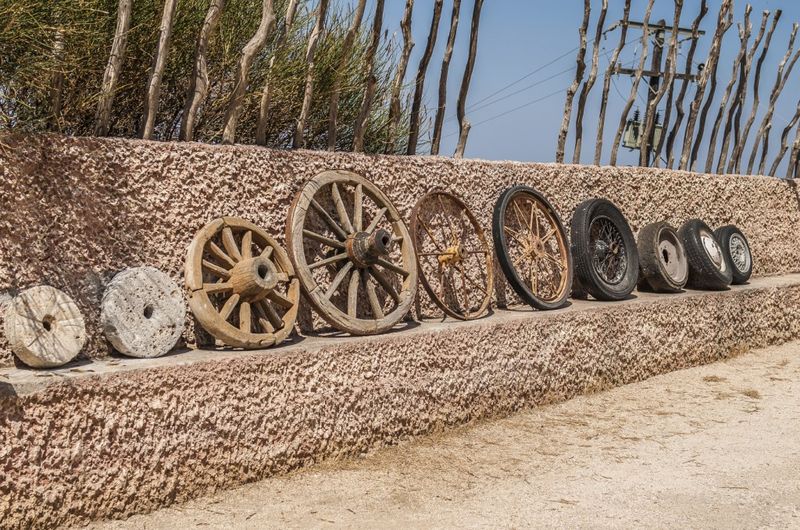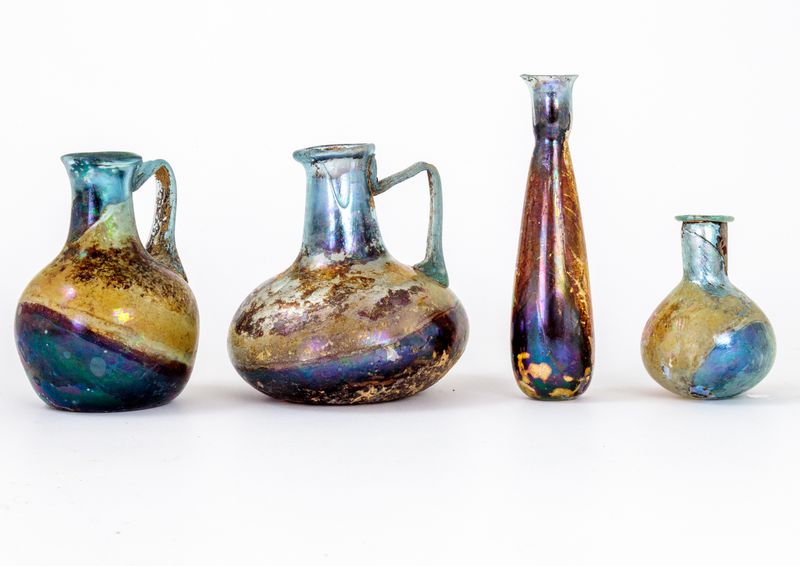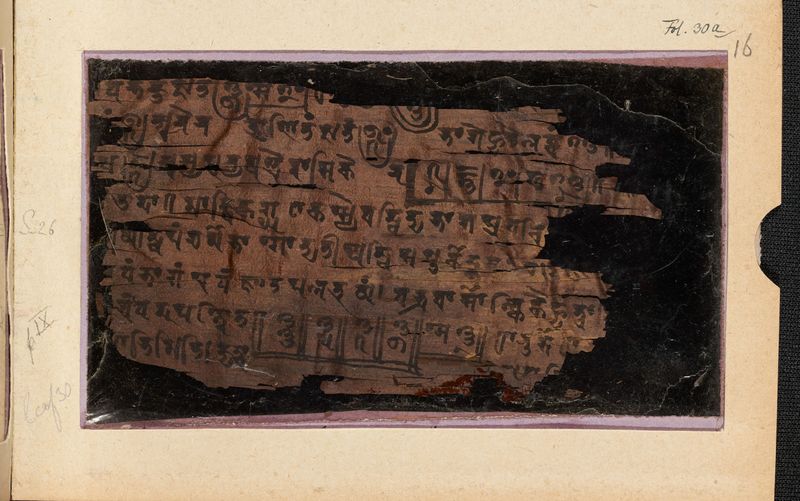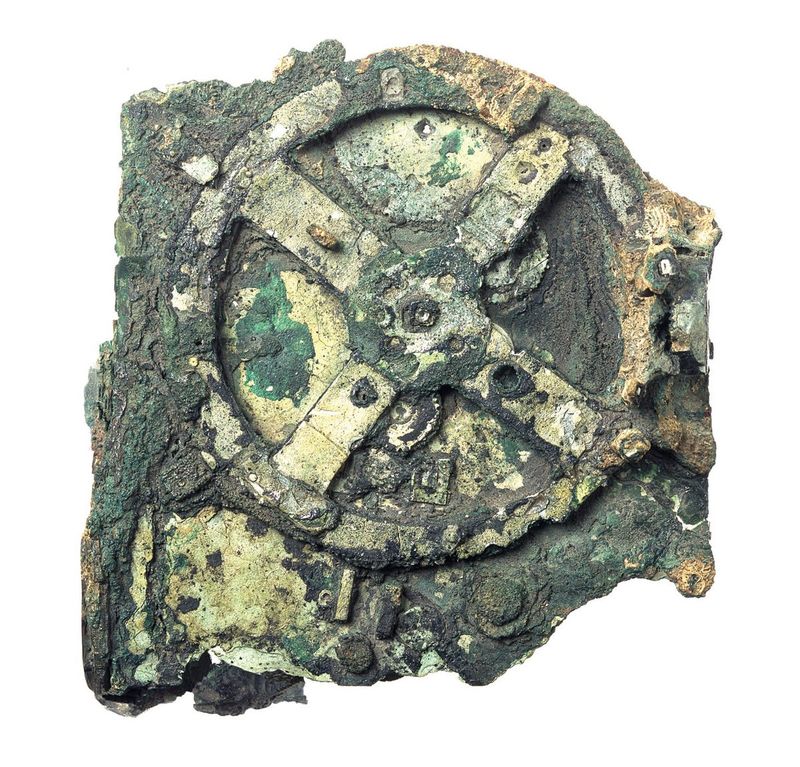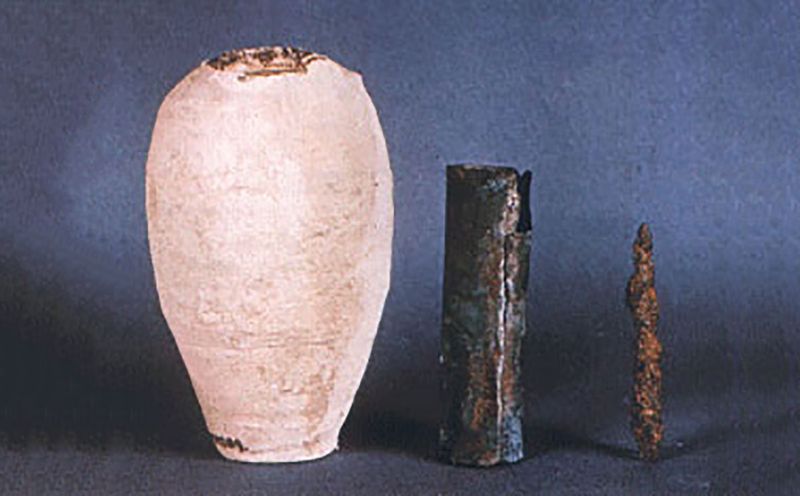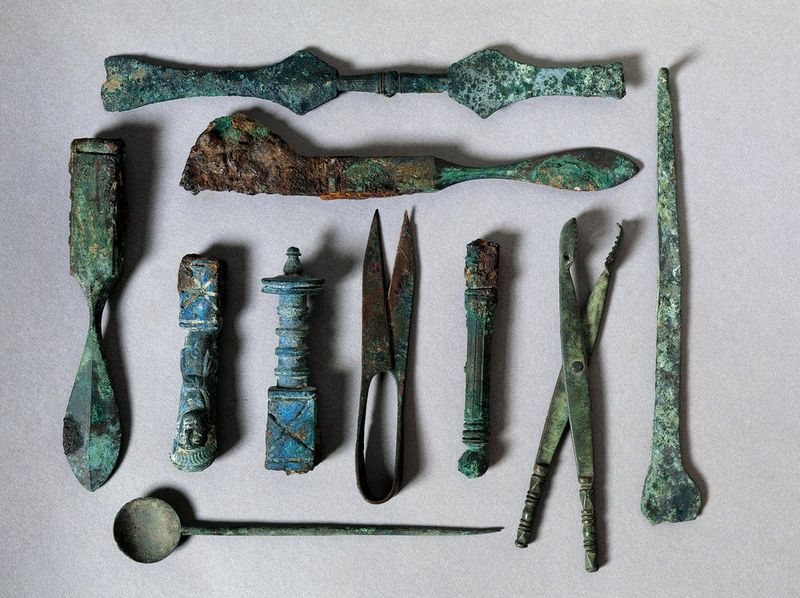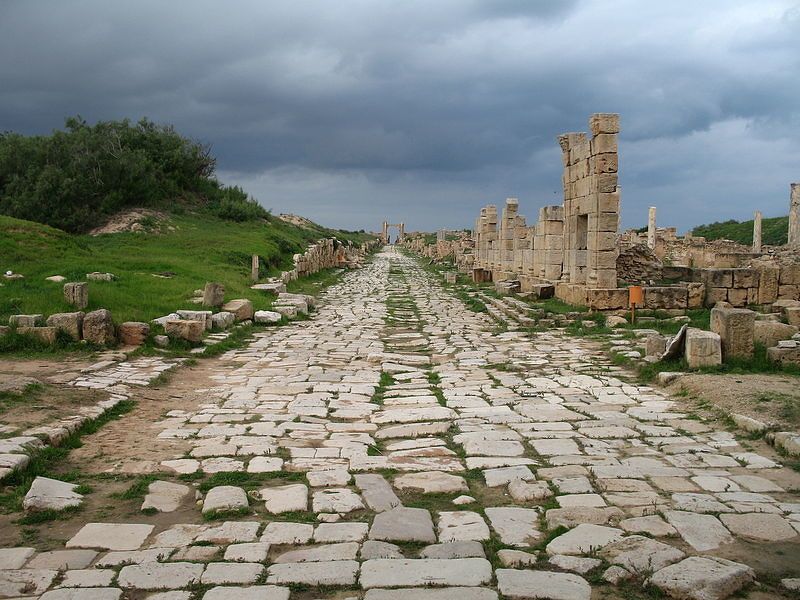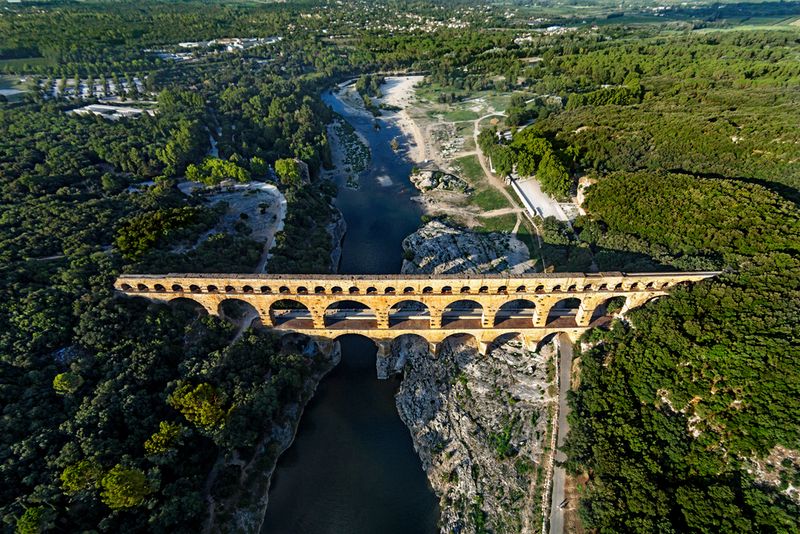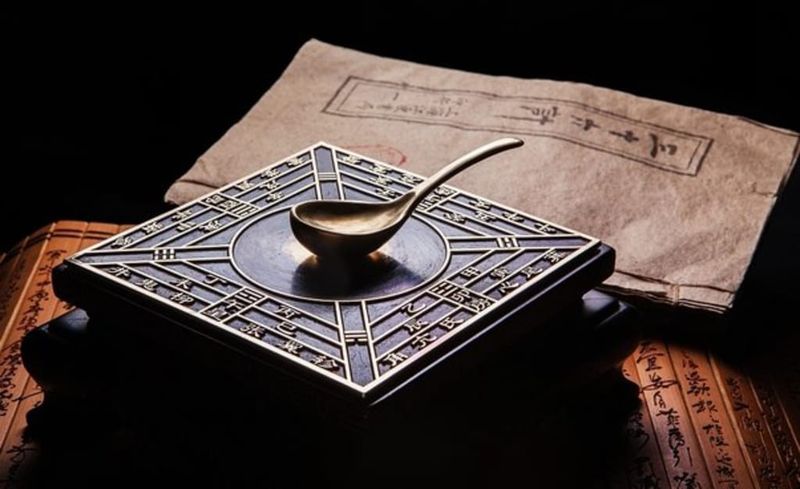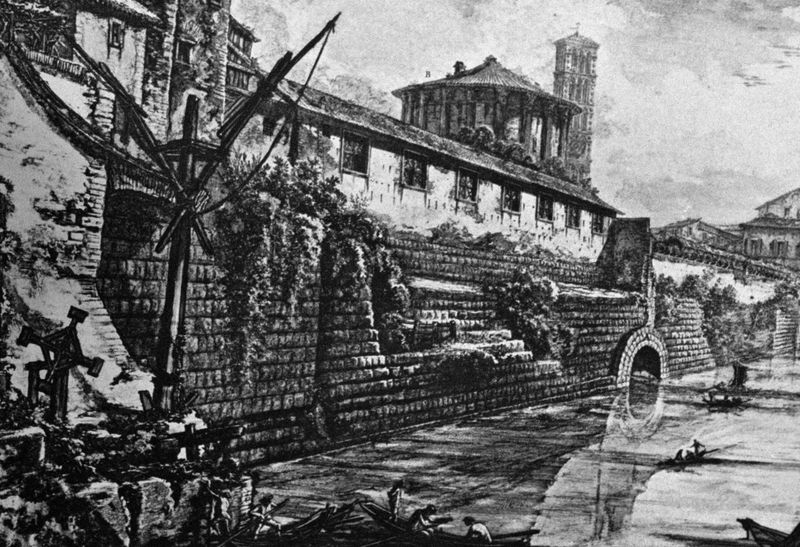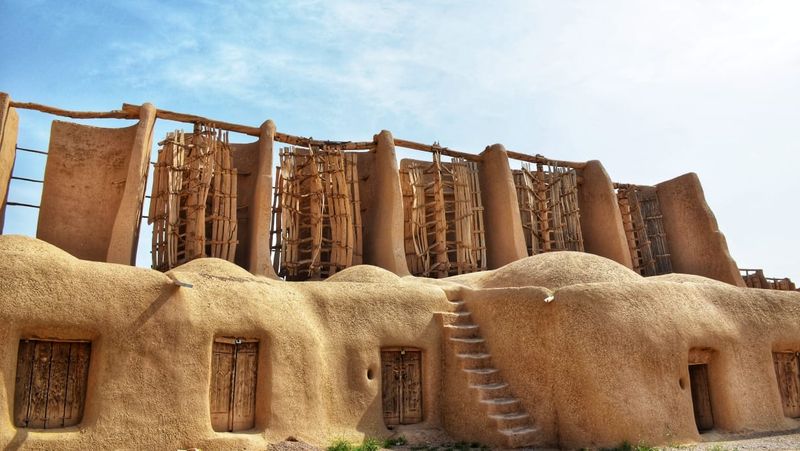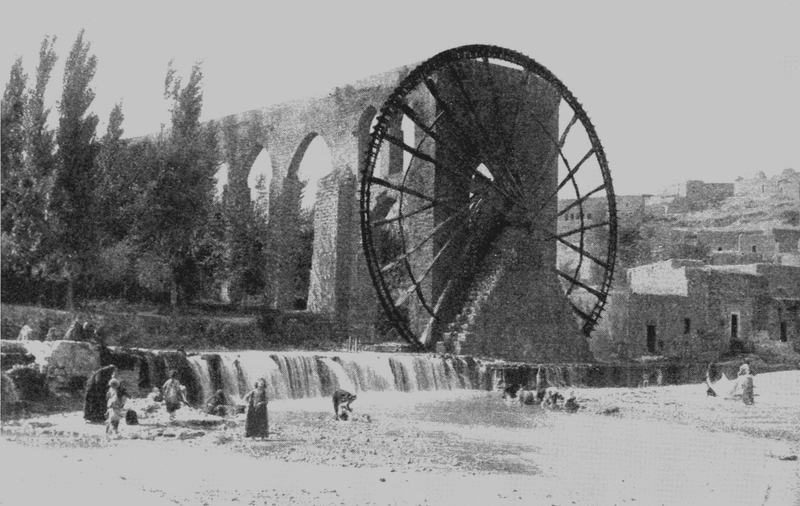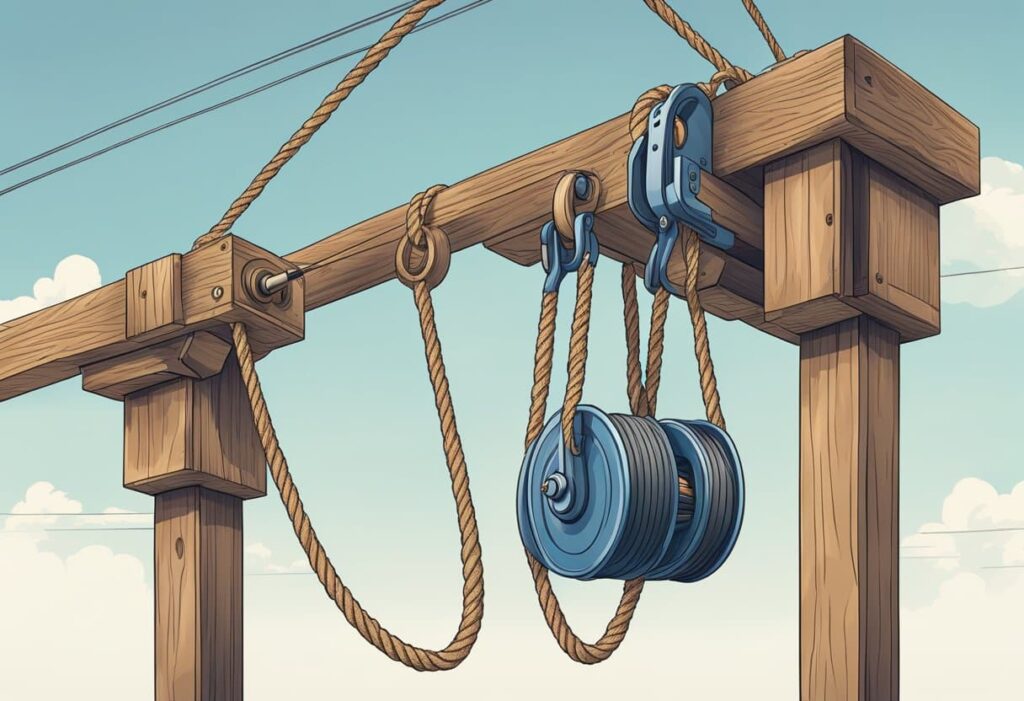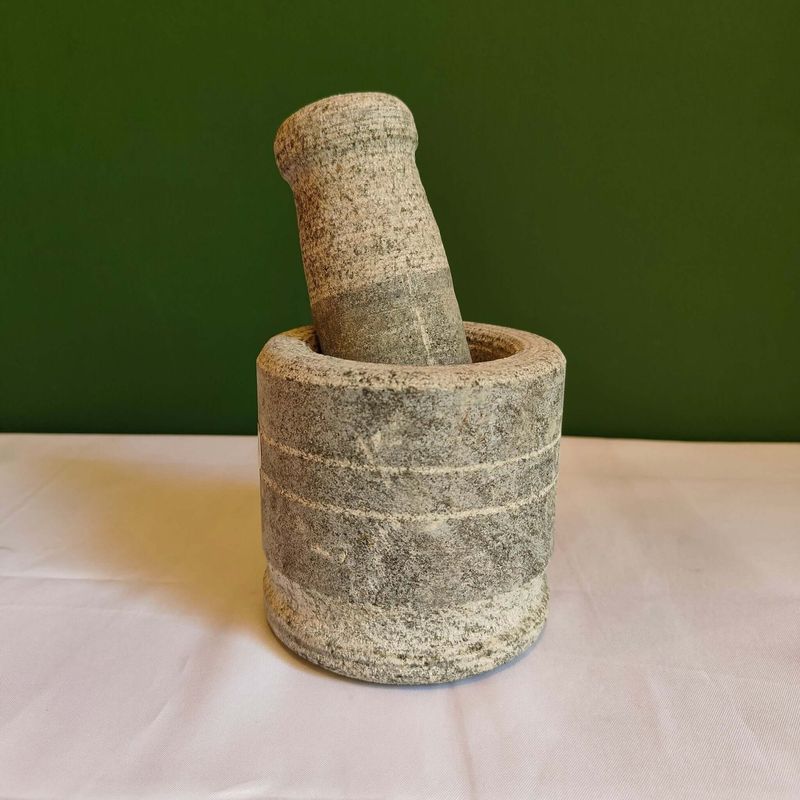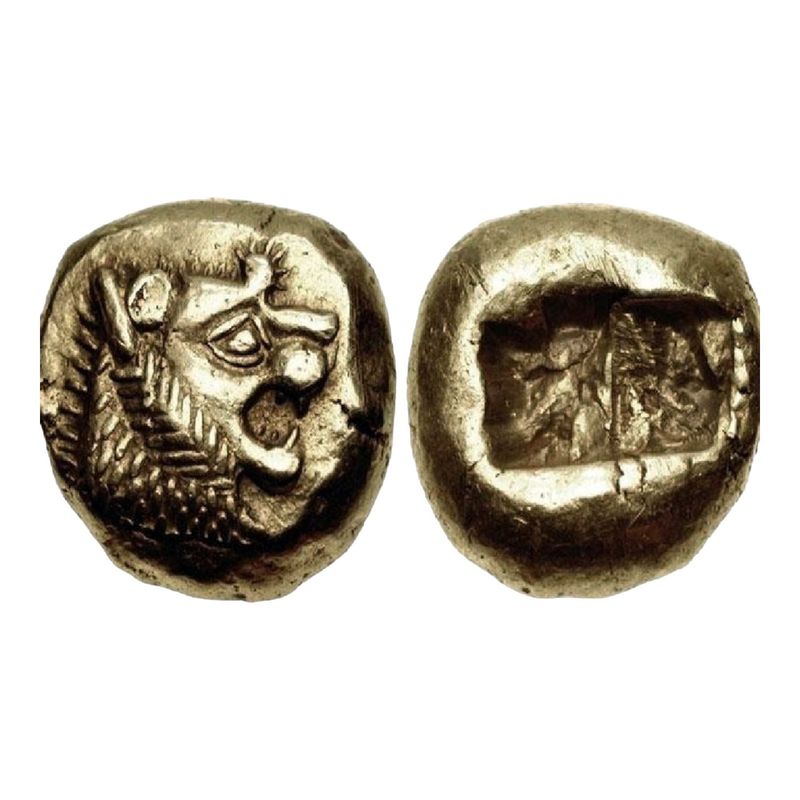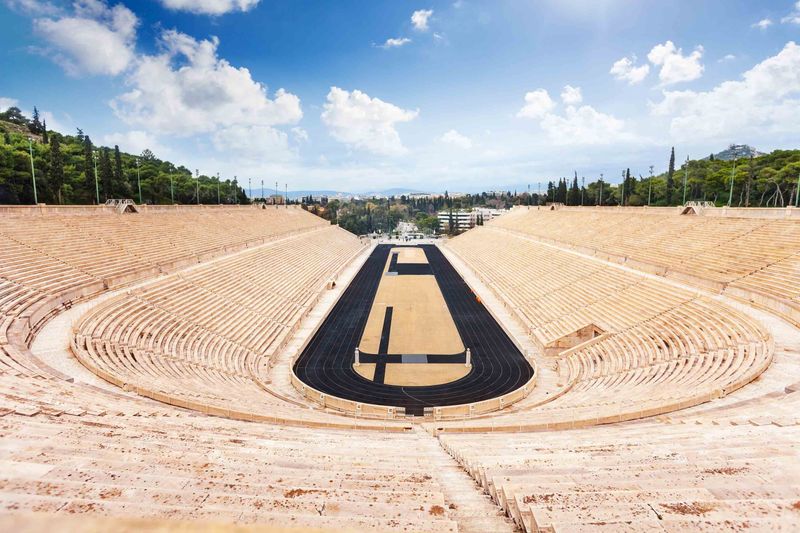The ingenuity of ancient civilizations laid the foundation for many aspects of modern life. From simple tools to complex systems, these ideas have not only survived the test of time but have profoundly influenced the world.
This blog post explores 25 remarkable ancient inventions and concepts, delving into their origins, applications, and lasting impact.
1. Cuneiform Writing – One of the earliest writing systems developed by the Sumerians.
Cuneiform writing, developed by the Sumerians around 3200 BCE, is one of the earliest known writing systems. Comprising wedge-shaped marks on clay tablets, it was primarily used for record-keeping and administration.
This method of writing enabled the documentation of transactions, laws, and literature, fostering the growth of civilization. As the system evolved, it was adopted by various cultures, influencing subsequent scripts.
Cuneiform’s legacy is evident in its role in preserving history and facilitating communication, laying the groundwork for modern written languages.
2. Papyrus Paper – The precursor to modern paper, crafted in ancient Egypt.
Papyrus paper emerged in ancient Egypt around 3000 BCE, serving as a crucial medium for recording information. Made from the papyrus plant, this early form of paper allowed Egyptians to document religious texts, literature, and administrative records.
The lightweight and portable nature of papyrus made it ideal for communication and record-keeping. As papyrus spread throughout the Mediterranean, it became a staple in trade and education.
Although papyrus has been largely replaced by modern paper, its contribution to the development of written communication is undeniable.
3. The Plow – Transformed agriculture in ancient Mesopotamia.
The plow was a transformative agricultural tool, first employed in ancient Mesopotamia around 3000 BCE. This innovation significantly improved the efficiency of farming, allowing for the cultivation of larger areas of land.
By breaking and turning the soil, the plow enhanced seed planting and growth, leading to increased food production. This, in turn, supported population growth and the development of cities.
The plow remains a symbol of agricultural advancement, representing a pivotal shift from subsistence farming to organized agriculture.
4. Sailboats – Early watercraft developed by Egyptians and Mesopotamians.
Sailboats, developed by Egyptians and Mesopotamians around 4000 BCE, marked a significant leap in water transportation. These early vessels harnessed wind power, allowing for longer and more efficient travel across water.
The innovation of the sail enabled the expansion of trade networks and cultural exchange between distant regions. It also facilitated fishing and exploration, vital for the growth of civilizations.
Today, the legacy of ancient sailboats lives on in modern sailing, reflecting the enduring impact of this pioneering technology.
5. Roman Concrete – An innovative, durable building material that shaped construction.
Roman concrete, developed around 200 BCE, was a revolutionary building material that transformed construction. Combining lime, volcanic ash, and water, this concrete was both durable and versatile.
It enabled the creation of architectural marvels such as the Pantheon and aqueducts, showcasing the engineering prowess of Rome. The strength and longevity of Roman concrete allowed for the construction of structures that have stood for millennia.
Modern concrete owes much to its Roman predecessor, demonstrating the lasting influence of ancient innovation in construction.
6. Calendars – Complex time-tracking systems devised by ancient civilizations like the Egyptians and Mayans.
Calendars, developed by various ancient cultures, were essential tools for tracking time and organizing society. The Egyptians and Mayans, among others, created sophisticated systems to align agricultural and religious activities with celestial events.
These calendars allowed civilizations to predict seasons, eclipses, and other astronomical phenomena, ensuring the successful planning of agricultural and ceremonial events.
The legacy of ancient calendars is evident in modern timekeeping, as they laid the groundwork for our understanding of time and its cyclical nature.
7. The Wheel – A revolutionary invention from ancient Mesopotamia.
The wheel stands as a testament to human ingenuity, revolutionizing transportation and industry. Originating around 3500 BCE in ancient Mesopotamia, the wheel was initially used by potters.
Soon after, it was adapted for transportation, transforming the movement of goods and people. This circular marvel facilitated the development of carts and chariots, drastically altering trade and warfare.
Beyond transportation, the wheel was instrumental in machinery, paving the way for industrial advancements. Today, the wheel remains a fundamental component in countless devices, symbolizing progress and innovation across civilizations.
8. Glassmaking – Techniques pioneered in Mesopotamia and Egypt for crafting glass.
Glassmaking, dating back to ancient Mesopotamia and Egypt around 2500 BCE, was a groundbreaking craft that led to the creation of beautiful and functional objects. Early glassmakers experimented with sand and heat, producing beads and small vessels.
The translucence and versatility of glass made it highly valued for both artistic and practical purposes. Over time, glassmaking techniques spread and evolved, influencing artisans across cultures.
Today, glass remains a vital material in art and industry, testament to the skill and creativity of ancient craftsmen.
9. The Concept of Zero – A groundbreaking mathematical idea emerging from ancient India and the Mayans.
The concept of zero, independently developed by ancient Indian mathematicians and the Mayans, revolutionized mathematics. This abstract notion provided a placeholder in numerical systems, enabling complex calculations and the development of algebra.
Zero’s inclusion transformed mathematics from a practical tool into a sophisticated theoretical discipline. Its introduction facilitated advances in science, engineering, and commerce.
Today, the concept of zero is fundamental to all modern mathematical and scientific endeavors, reflecting its profound impact on intellectual progress.
10. The Antikythera Mechanism – An ancient Greek analog computer for astronomical predictions.
The Antikythera Mechanism, discovered in a shipwreck off the Greek island of Antikythera, is an ancient marvel dating back to around 100 BCE. This complex analog device was used to predict astronomical positions and eclipses.
With a series of gears and dials, it demonstrated a high level of mechanical sophistication, reflecting the advanced understanding of astronomy in ancient Greece.
The mechanism’s discovery has provided invaluable insights into ancient technology, highlighting the ingenuity of early scientists in understanding the cosmos.
11. The Baghdad Battery – An enigmatic artifact that might have been an early form of battery.
The Baghdad Battery, discovered near Baghdad and dating back to around 250 BCE, is a mysterious artifact that may represent an early form of galvanic cell. Consisting of a clay jar, copper cylinder, and iron rod, it has sparked debate among historians.
Some theories suggest it might have been used for electroplating or medicinal purposes. While its true purpose remains speculative, it hints at the potential experimentation with electricity in ancient times.
The Baghdad Battery continues to intrigue scientists and historians, inspiring discussions about ancient technological capabilities.
12. Advanced Surgical Instruments – Tools and methods developed by ancient physicians.
Ancient physicians from civilizations like Egypt, India, and Greece developed advanced surgical instruments and techniques that laid the groundwork for modern medicine. These tools included scalpels, forceps, and probes crafted with precision from metals.
Their use in surgeries, from setting bones to trepanations, demonstrated a sophisticated understanding of human anatomy.
The writings of Hippocrates and Sushruta provided insights into these practices, emphasizing cleanliness and patient care.
The legacy of ancient medical innovation is evident in today’s surgical practices, reflecting centuries of accumulated knowledge and skill.
13. Roman Roads – Ingeniously engineered networks that connected the vast Roman Empire.
Roman roads, constructed from around 500 BCE, were engineering marvels that connected the vast Roman Empire. Built with layers of stone and gravel, these roads facilitated efficient travel, trade, and military movement.
Their strategic design included curbs and drainage to withstand heavy use and the elements. The extensive network of roads enabled cultural exchange and economic prosperity throughout the empire.
Many Roman roads are still in use or visible today, symbolizing the enduring legacy of Roman engineering prowess and their impact on infrastructure development.
14. Aqueducts – Ingenious water supply systems built by the Romans.
Roman aqueducts, constructed from 312 BCE, were monumental feats of engineering that supplied water to cities, baths, and farms. Utilizing gravity, these structures transported water over great distances using bridges, tunnels, and pipes.
The arch design allowed for stability and longevity, enabling the aqueducts to span challenging terrains. This reliable water supply was crucial for urbanization, hygiene, and agriculture.
The principles of Roman aqueducts have influenced modern water management systems, demonstrating the lasting impact of their technological innovations.
15. The Compass – A navigational breakthrough originating in ancient China.
The compass, developed in ancient China during the Han Dynasty (around 206 BCE), revolutionized navigation by providing a reliable means of determining direction.
Initially used for geomancy and divination, it soon became essential for maritime exploration.
By aligning with Earth’s magnetic field, the compass allowed sailors to navigate the open seas with confidence, expanding trade routes and cultural exchanges.
The impact of this invention on exploration and commerce is immense, as it laid the foundation for global navigation and the Age of Discovery.
16. Sewage Systems – Early sanitation marvels, exemplified by Rome’s Cloaca Maxima.
Sewage systems in ancient civilizations like Rome exemplified early advances in public sanitation. The Cloaca Maxima, constructed in the 6th century BCE, was one of the earliest and most sophisticated sewer systems.
Designed to drain the city’s waste and stormwater, it played a crucial role in maintaining public health and urban cleanliness. Its construction involved a complex network of tunnels and drains, efficiently serving a growing population.
These early sewage systems laid the groundwork for modern sanitation, underscoring the importance of hygiene in urban planning.
17. Public Baths – Social and hygienic innovations of ancient Rome.
Public baths, a hallmark of Roman society, served both hygienic and social functions. These grand complexes, featuring hot and cold pools, steam rooms, and exercise areas, were accessible to all citizens.
Beyond cleanliness, baths were centers for relaxation, socializing, and conducting business. The architectural design, with intricate mosaics and marble columns, reflected Roman artistry and engineering.
The tradition of public bathing continues today, influenced by Roman innovations, highlighting the enduring appeal of communal spaces for health and leisure.
18. Early Windmills – Primitive wind-powered machines developed in ancient Persia.
Early windmills, developed in ancient Persia around 500-900 CE, harnessed wind power to grind grain and pump water. These vertical-axis machines featured sails that rotated in response to wind direction.
The innovation provided a renewable energy source for agricultural and industrial activities, significantly increasing productivity. The concept spread to other regions, influencing the design of European windmills.
Today, wind energy remains a vital component of sustainable development, echoing the ingenuity of ancient Persian engineers in utilizing natural resources.
19. The Water Wheel – Harnessed water power for milling and irrigation.
The water wheel, an ancient invention, harnessed the power of flowing water for mechanical tasks such as milling grain and irrigation. Dating back to ancient Greece and China, these wheels converted water flow into rotational energy.
The use of water wheels increased agricultural efficiency and supported industrial activities, contributing to economic growth. Their design varied, adapting to local conditions and needs.
The enduring legacy of the water wheel is seen in modern hydroelectric power, highlighting the timeless importance of sustainable energy solutions.
20. The Arch – An architectural innovation that allowed for stronger, more durable structures.
The arch, an architectural breakthrough, enabled the construction of stronger and more durable structures. First seen in ancient Mesopotamia and Egypt, it was perfected by the Romans.
By distributing weight evenly, arches allowed for the building of bridges, aqueducts, and monumental structures with greater spans and stability. The Roman Colosseum and many ancient bridges exemplify this innovation.
Today, the arch remains a fundamental element in architecture and engineering, symbolizing the enduring legacy of ancient design principles.
21. The Pulley – A simple machine that eased the lifting of heavy objects.
The pulley, a simple yet powerful machine, revolutionized construction and mechanical tasks by easing the lifting of heavy objects. Used in ancient Egypt and Greece, pulleys multiplied force, allowing for efficient labor.
In construction projects like the pyramids, pulleys enabled workers to move massive stones with precision. This innovation also played a role in shipbuilding and engineering.
The simplicity and effectiveness of pulleys have ensured their continued use, reflecting the enduring impact of ancient mechanical ingenuity in modern industries.
22. The Archimedes Screw – A device for efficiently lifting water, invented by Archimedes.
The Archimedes screw, invented by the Greek mathematician around 250 BCE, revolutionized water management. This device, consisting of a helical surface inside a cylinder, efficiently lifted water for irrigation and drainage.
Its design allowed for simple operation and maintenance, making it accessible to various civilizations. The screw was instrumental in enhancing agricultural productivity and managing water resources.
The principles of the Archimedes screw continue to be applied in modern pumps and turbines, reflecting its lasting influence on engineering and sustainability.
23. Mortar and Pestle – Essential tools for grinding food and medicines, with ancient origins.
The mortar and pestle, tools with ancient origins, have been indispensable for grinding food, spices, and medicines. Used by civilizations like the Egyptians, Greeks, and Indians, these tools are crafted from stone or metal.
Their simple design allows for effective crushing and mixing, essential for culinary and medicinal preparations. The mortar and pestle facilitated the development of herbal remedies and culinary techniques that enriched cultures.
Today, they remain popular in kitchens and pharmacies, symbolizing the timeless utility of ancient craftsmanship.
24. Coinage – The creation of standardized currency in civilizations like Lydia and China.
Coinage, first developed by the Lydians around 600 BCE, revolutionized trade by introducing standardized currency. These metal coins, infused with intrinsic value, facilitated commerce and economic stability.
The concept spread to other cultures, including China, where coins bore inscriptions and symbols denoting authority. Coinage enabled more efficient transactions, reducing the complexities of bartering.
The impact of ancient coinage is profound, as it laid the foundations for modern monetary systems, simplifying trade and fostering economic growth across civilizations.
25. The Olympic Games – A sporting tradition initiated in ancient Greece that celebrated athletic prowess.
The Olympic Games, originating in ancient Greece around 776 BCE, celebrated athletic prowess and cultural unity. Held in Olympia, these games featured events like foot races, wrestling, and discus throwing.
Athletes from various city-states competed for honor and glory, fostering a spirit of camaraderie and excellence. The games were held in conjunction with religious festivals, emphasizing the link between athletics and spirituality.
Revived in the modern era, the Olympics continue to inspire global unity and athletic achievement, reflecting the enduring legacy of this ancient tradition.
